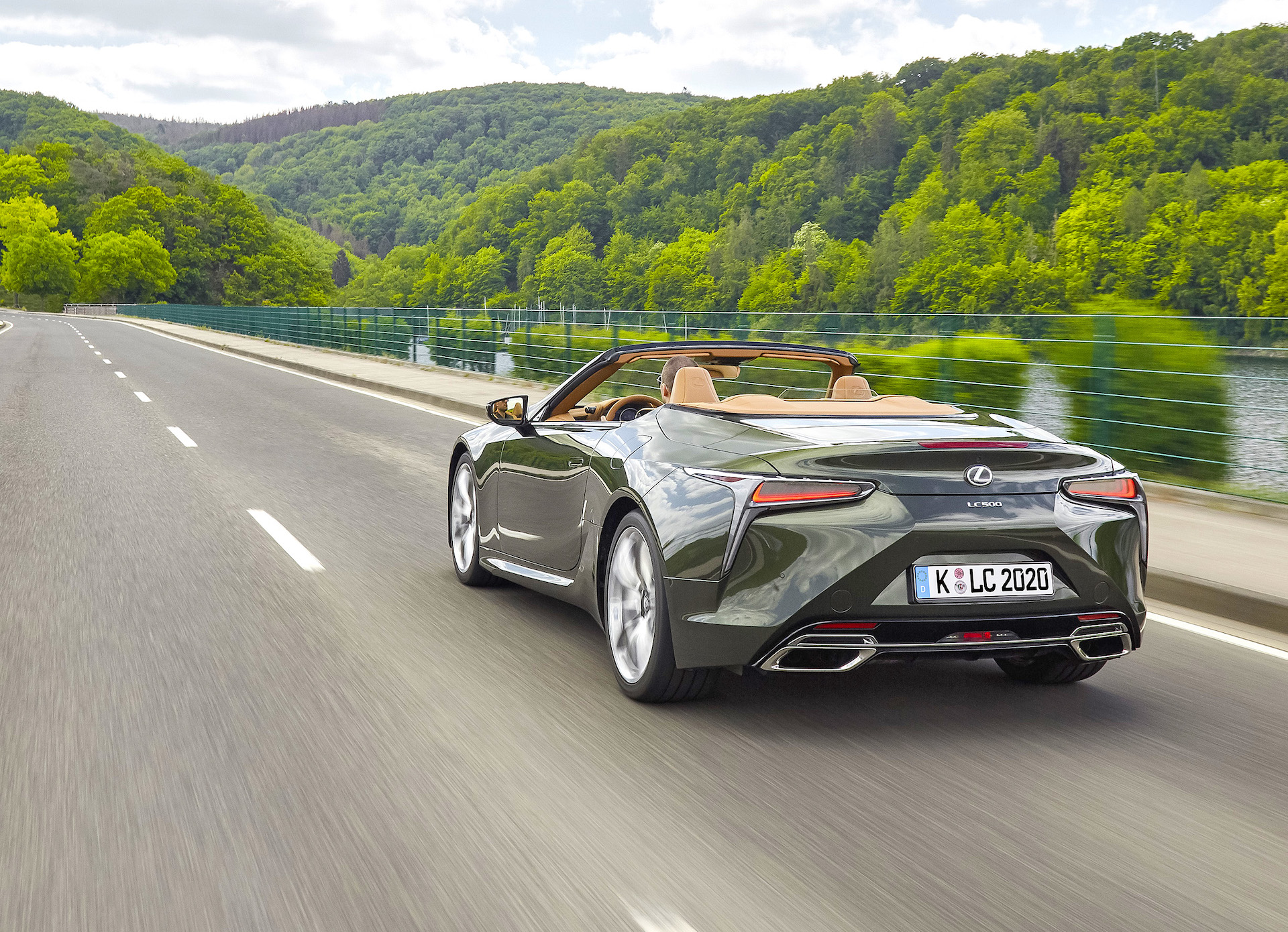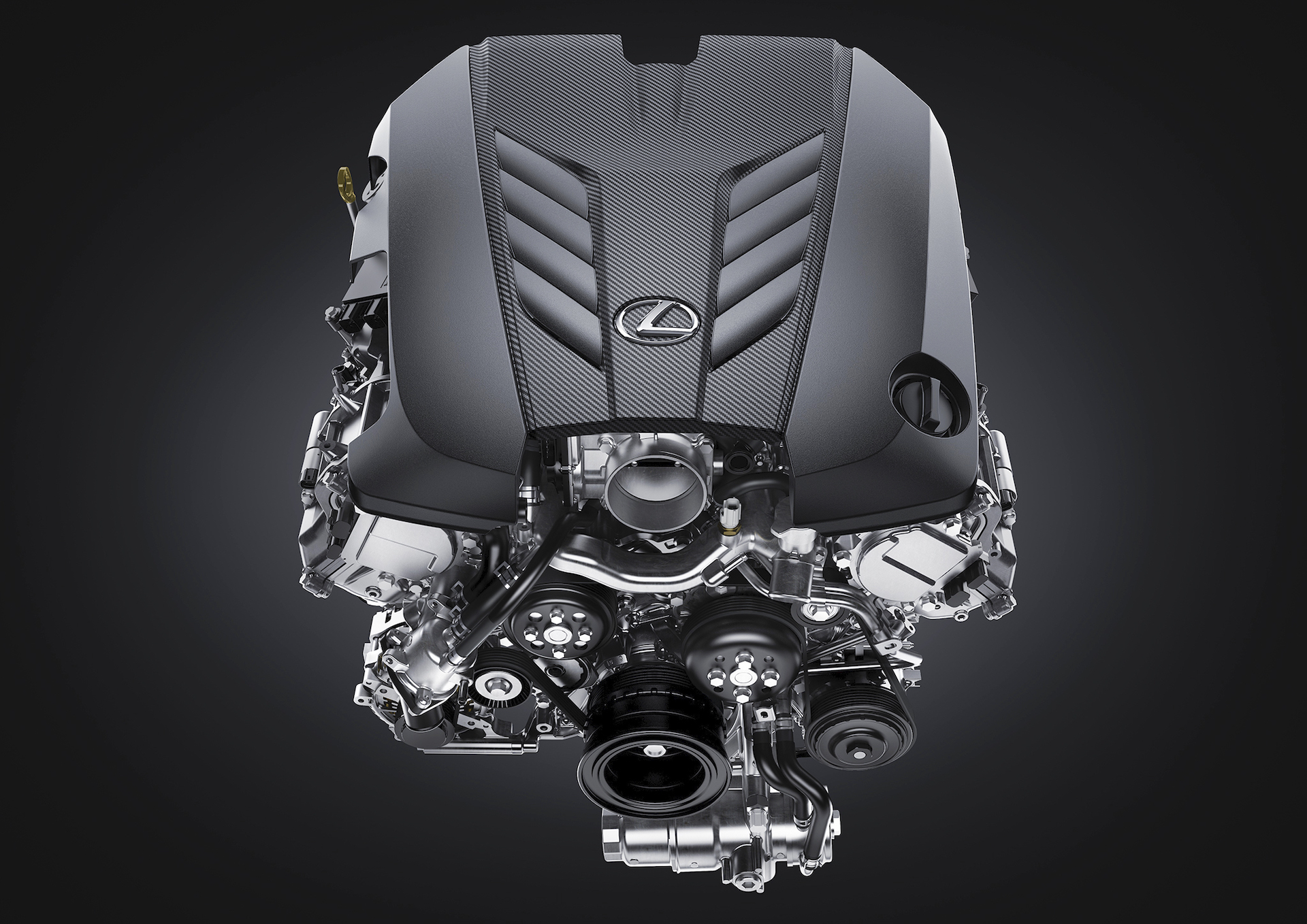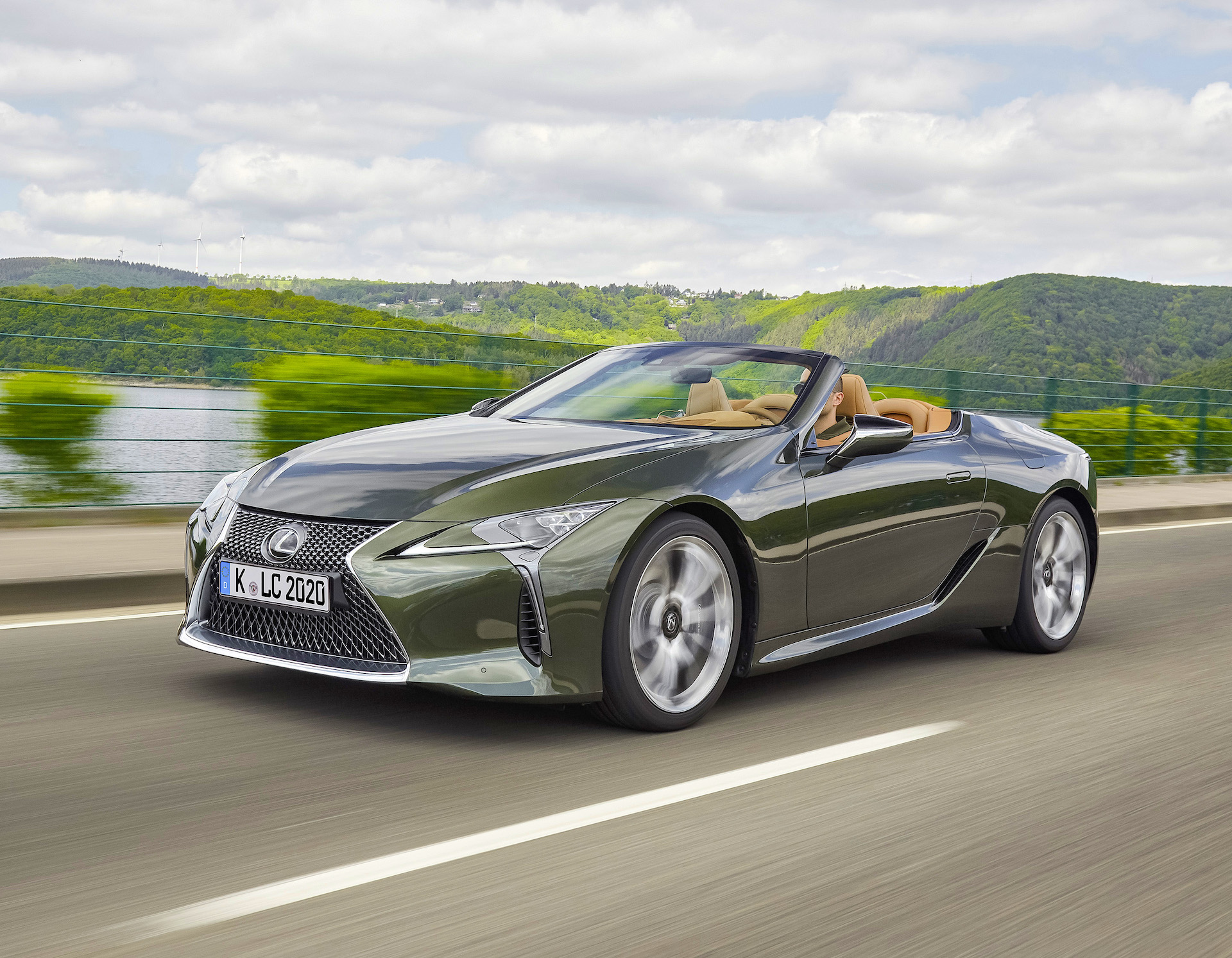LEXUS Active Noise Control Explained

Step inside the Lexus LC 500 Convertible, lower the roof and blip the throttle and the Active Noise Control gets to work.
The deep note you provoke from the potent V8 engine tells you immediately that an exhilarating drive is in prospect.
It is all part of the exceptional sensory quality that Lexus has brought to its first soft-top model, just as much as the powerfully elegant styling pleases the eye, the sound of the engine stirs the spirit. Generating just the right aural quality was an important goal for the car’s development team, and one that required precision engineering just like with the LC 500 Coupe supercar.

INSPIRED BY THE LFA SUPERCAR
Lexus’ focus on the importance of the engine sound can be traced back to the LFA, its ultra-exclusive, hand-built supercar. The specialists who worked on its V10 power unit identified the separate qualities that combine to create the ideal sound “atmosphere.”
Where the LC Convertible is concerned, the power of the V8’s engine note had to be balanced with a level of quietness in the cabin that overturns preconceptions about driving in a convertible which is an equation Lexus calls a “harmony of opposites.”
To achieve the maximum effect, the sound of the engine changes in line with the rise and fall in rpm, becoming more powerful and urgent in tune with the driver’s use of the accelerator and the sequence of shifts through the rapid-action 10-speed automatic transmission. The exhaust note, too, heightens the effect. By contrast, in gentle cruising, the sound is subdued, so conversation is easy when the roof is down.

CRAFTING THE PERFECT ENGINE SOUND
A continuous, pulsating sound is characteristic of a large-capacity, naturally aspirated V8 engine like the five-litre unit which powers The LC 500 Convertible. Lexus has used acoustic technologies to combine this with spectral harmony (perfect sound intervals that are pleasing to the ear), stereophonic sound, to create a depth of sound, and formants – qualities that stir the senses and generate a feel-good factor.

Active Noise Control is used to “clean” the sound frequencies experienced in the car. This emits anti-pulse sounds through the audio speakers which counteract any unwelcome low frequency booming sound from the engine and drivetrain.
In the LC Coupe, noise inside the Takumi crafted cabin is monitored by a microphone in the roof, but for the Convertible, it had to be relocated inside the driver’s headrest. Being closer to the driver’s ear means it can pick up a wider range of frequencies, but a complex algorithm had to be calculated to make sure it works accurately in any seat position.
COUPE-LEVEL QUIETNESS
Even though the LC Convertible has a soft top, Lexus wanted to secure the same kind of cabin quietness as in the LC Coupe. Acoustic simulations were created to find out where dominant noises were entering the space, so that the amount and location of soundproofing and sound-absorbing material could be calculated.
The storage area behind the rear seats for the folding roof presented a particular challenge, as it was a route for tyre and exhaust noise to enter the cabin. There was not enough room for soundproofing material to be added, so the team looked instead at adapting the trim material itself. By allowing air to pass through the structure and using sound-absorbing material on the reverse, the entire surface of the storage space soaks up noise.
As the area is visible and part of the car’s interior, it also had to look good. Lexus assessed many different materials before choosing one usually used for lining the wings around the wheels. This meets safety standards and, being applied with extra density, has just the right appearance.

Lexus LC 500 Cabriolet Specifications
Engine: V8 DOHC, 32V Dual VVT-I
Capacity: 4,969cc
Transmission: 10-speed Direct Shift Auto
Max Power: 470hp @ 7,100rpm
Max Torque: 540Nm @ 4,800rpm
Acceleration: 4.6 seconds
Max Speed: 270 km/h
Price: RM1,205,216.50




